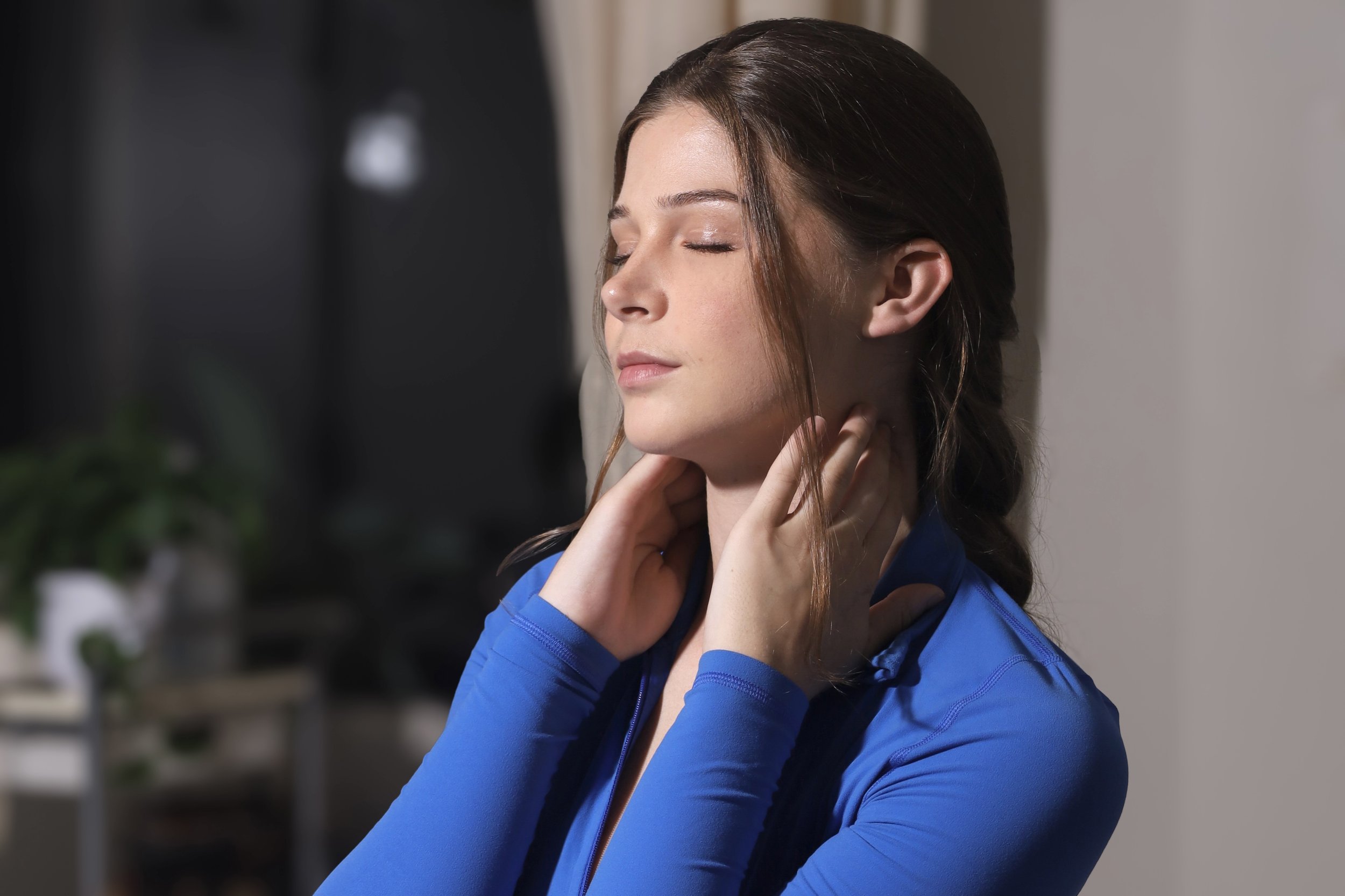
Healthy Creativity
Physical Therapy for Artists and Performers
Thriving in the Urban Creative Scene
In the fast-paced rhythm of city life, where emerging artists balance demanding rehearsals with urban commutes and freelance gigs, the body becomes both canvas and tool. For singers, musicians, and dancers—many of whom are young women thriving in vibrant creative hubs—the physical toll of repetitive movements, awkward postures, and high-stakes performances can threaten long-term expression. Physical therapy offers practical strategies to address these challenges, helping maintain mobility, reduce pain, and enhance performance without interrupting the creative flow.
The Physical Demands of Artistic Expression
Artists and performers face unique biomechanical stresses that differ from typical office or athletic routines. In urban environments, where space is limited and schedules are packed, these demands can intensify.
Musicians: Instrumentalists often endure prolonged static positions, leading to strain in the neck, shoulders, and wrists from holding instruments during extended practice sessions or subway rides to venues.
Singers: Vocal professionals contend with tension in the jaw, throat, and respiratory muscles, exacerbated by environmental factors like city pollution or rushed warm-ups between jobs.
Dancers: High-impact movements and repetitive choreography stress the lower body, including hips, knees, and feet, particularly in genres like contemporary or ballet common in metropolitan theaters.
Research highlights how these demands contribute to performance-related musculoskeletal disorders (PRMDs), with orchestral musicians reporting prevalence rates up to 93% for issues like tendonitis or back pain.
Common Challenges and Injuries
Overuse and poor ergonomics are primary culprits, often amplified by the irregular hours and high-energy demands of urban artistic pursuits.
Overuse Injuries: Repetitive strain can lead to conditions such as carpal tunnel syndrome in string players or plantar fasciitis in dancers navigating uneven city sidewalks.
Postural and Muscular Imbalances: Hunched positions during laptop composition or phone scrolling between auditions contribute to neck strain and reduced core stability.
Vocal and Respiratory Issues: Singers may experience muscle tension dysphonia (MTD), where compensatory habits from stress or poor breath support hinder vocal range and endurance.
Mental-Physical Overlap: The pressure of competitive urban scenes can manifest as somatic symptoms, like tension headaches or fatigue, linking physical health to overall well-being.
A systematic review of dance injuries found that 80% of studies on supplemental fitness training reported reductions in injury rates and severity, particularly among female pre-professional dancers.
How Physical Therapy Addresses These Issues
Physical therapy provides targeted, evidence-based interventions to prevent and manage these concerns, focusing on individualized assessments and practical exercises that fit into busy lifestyles.
Manual Therapy and Mobilization: Techniques like soft tissue massage and joint manipulation alleviate tension, as seen in treatments for MTD where orofacial myofunctional therapy improved voice quality and stamina in 91.6% of professional voice users.
Strength and Stability Training: Customized exercises enhance core strength and balance, reducing PRMD frequency; for instance, resistance and aerobic programs have been shown to decrease pain intensity in musicians.
Postural Education and Ergonomics: Guidance on optimal body alignment during practice or travel helps prevent chronic issues, with musculoskeletal health programs improving spine mobility in female music students for up to 24 weeks post-intervention.
Injury Prevention Strategies: Incorporating arts-informed approaches, such as dance-specific warm-ups, amplifies psychomotor outcomes and fosters resilience across creative disciplines.
These methods emphasize proactive care, allowing artists to integrate short routines into daily urban routines, like brief stretches during commutes.
Long-Term Benefits for Sustained Creativity
Beyond immediate relief, physical therapy promotes enduring health, enabling consistent artistic output.
Reduced Downtime: Preventive programs lower injury recurrence, supporting uninterrupted careers in competitive city arts communities.
Enhanced Performance: Improved biomechanics lead to better breath control for singers, fluid movements for dancers, and precise technique for musicians.
Holistic Well-Being: By addressing both physical and affective domains, therapy boosts confidence and reduces stress, as evidenced by arts-integrated rehabilitation enhancing cognitive and emotional outcomes.
Studies on female performers underscore these gains, with health education yielding lasting improvements in dynamic function and injury prevention.
For artists seeking specialized support, Cha Physical Therapy offers assessments and treatments designed for creative professionals—explore options at chaphysicaltherapy.com.
We’re dedicated to getting you back to your best.
With personalized physical therapy programs and compassionate, expert care, we raise the bar for what rehabilitation can achieve.
Check your insurance
Find out in a few seconds if your insurance will cover your treatment at Cha Physical Therapy.
We work with most major insurance providers and offer flexible payment options if you’re paying out of pocket. So you know what to expect before your first visit, or team will get in touch with you within 24 hours to verify your insurance benefits and confirm your appointment.
Getting Here
Our Midtown Studio is at 16 West 32nd Street, Suite 1007, 3-5 minutes from Herald Square and a few blocks from Penn Station.
STUDIO HOURS
| Monday | 9AM - 7PM |
| Tuesday | 9AM - 7PM |
| Wednesday | 9AM - 7PM |
| Thursday | 9AM - 7PM |
| Friday | 9AM - 7PM |
| Saturday | 9AM - 3:30PM |
| Sunday | Closed |
